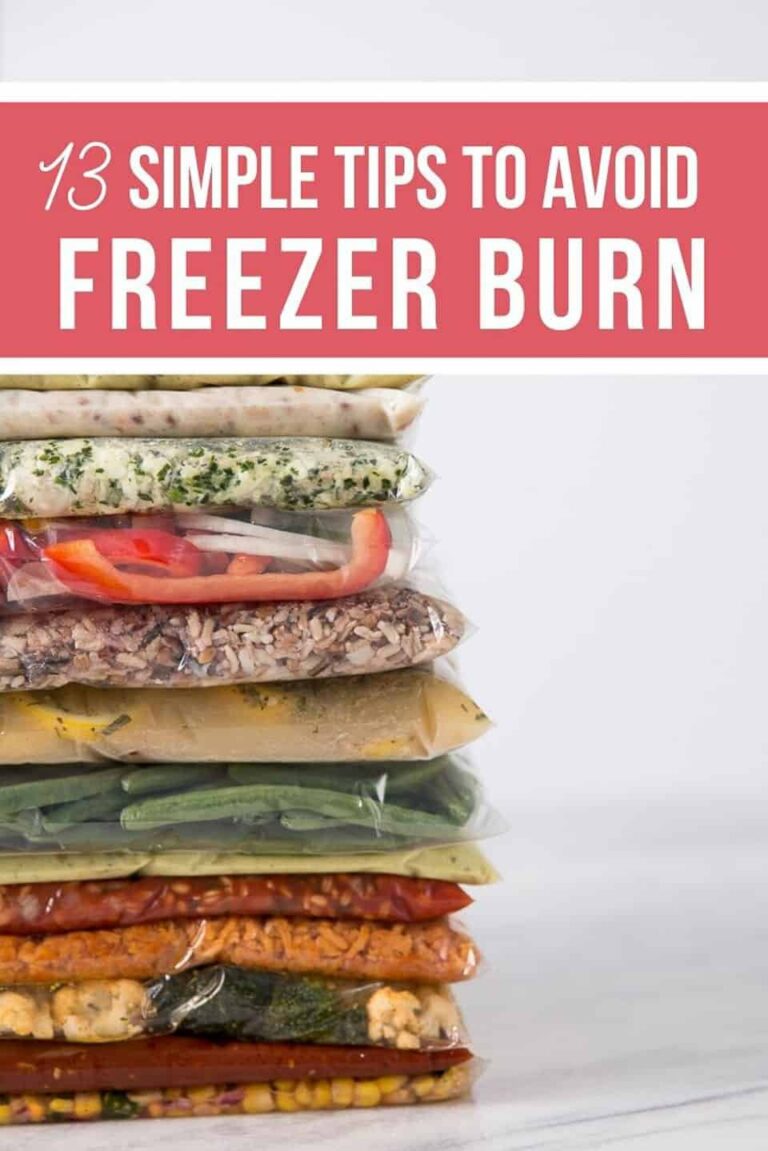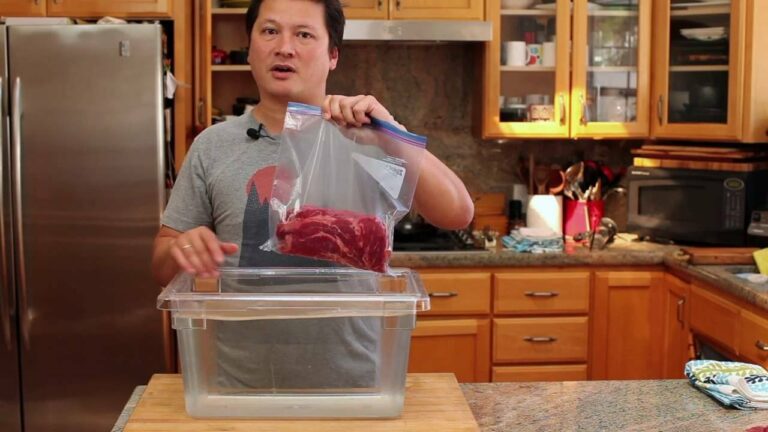how to make plant pots from plastic containers
Looking for a creative solution to repurpose your plastic containers? Good news – you can easily transform them into unique and stylish plant pots!
Wondering how to make plant pots from plastic containers? Don’t worry, it’s simpler than you might think.
With just a few simple steps, you can give those old plastic containers a new life while adding a touch of greenery to your space. Let’s dive in and explore this eco-friendly DIY project!
How to Make Plant Pots from Plastic Containers
Did you know that you can repurpose plastic containers into eco-friendly plant pots? This not only reduces plastic waste but also adds a personal touch to your garden.
In this article, we will guide you through the process of making plant pots from plastic containers, providing step-by-step instructions and ideas to inspire you. Let’s get started!
Materials Needed:
Before diving into the DIY process, gather the following materials:
- Clean plastic containers (such as yogurt cups, water bottles, or empty jars)
- Scissors or craft knife
- Drill or a heated nail
- Sandpaper or a sanding block
- Potting soil
- Seeds or plants
- Decorative elements (optional)
Choosing the Right Plastic Containers:
When selecting plastic containers for your plant pots, consider the following factors:
1. Size and Depth:
Different plants have varying root system sizes, so it’s essential to choose containers that can accommodate their growth. Larger plants require deeper pots, while smaller plants can thrive in shallow ones. Consider the specific plants you intend to grow and select containers accordingly.
2. Drainage Holes:
Proper drainage is crucial for plant health. Look for containers with existing drainage holes or those that can be easily modified to allow excess water to escape. This prevents waterlogging and root rot.
Preparing the Plastic Containers:
Now that you have chosen the plastic containers, it’s time to prepare them for planting.
1. Cleaning the Containers
Start by cleaning the containers thoroughly. Remove any labels, adhesive residue, or food remnants. Wash them with warm soapy water and rinse well to ensure they are free from any chemicals or contaminants.
2. Creating Drainage Holes
If your containers don’t have pre-existing drainage holes, you can easily add them using a drill or a heated nail. Mark the desired location for the holes, and carefully drill or pierce through the plastic. Make sure to create enough holes, evenly spaced, to allow proper drainage.
3. Smoothing Rough Edges
After creating the drainage holes, use sandpaper or a sanding block to smooth any rough edges or sharp points around the holes. This will prevent the roots from getting damaged when planting and handling the pots.
Planting in Plastic Containers:
1. Choosing the Right Soil
Selecting the appropriate potting soil is essential for the growth and vitality of your plants. Depending on the plant’s requirements, use a suitable mix of peat moss, perlite, vermiculite, or compost. Avoid using heavy garden soil, as it can hinder drainage and suffocate the roots.
2. Planting the Seeds or Plants
Fill each plastic container with the potting soil, leaving some space at the top for watering. Follow the seed packet instructions or the guidelines provided for the specific plants you are growing. Plant the seeds or gently transfer the young plants into the containers, ensuring they are centered and adequately covered with soil.
3. Watering and Placement
After planting, water the containers thoroughly until the soil is evenly moist. Place the pots in a suitable location according to the plants’ sunlight requirements – whether it’s a sunny spot for sun-loving plants or a shaded area for shade-loving ones. Monitor the moisture levels and water the plants as needed.
Creative Ideas for Plastic Plant Pots:
Making plant pots from plastic containers allows you to add a personal touch and get creative with your gardening endeavors. Here are some ideas to inspire you:
1. Paint and Decorate
Transform the plain plastic containers into vibrant and eye-catching pots by painting them with acrylic or spray paint. Let your imagination soar as you experiment with different colors, patterns, or even stencils. You can also add decorative elements like beads, ribbons, or stickers for an extra touch.
2. Vertical Gardens
If you have limited space, consider creating a vertical garden using plastic containers. Attach the pots to a wooden or metal frame or hang them on a wall or fence. This not only saves space but also adds an aesthetic appeal to your garden.
3. Upcycled Plastic Bottle Planters
Plastic bottles can be transformed into unique hanging planters. Cut the bottles horizontally, keeping the bottom part as the planter. Create holes near the neck of the bottle for hanging, fill them with soil, and plant your favorite flowers or herbs. Hang them from a sturdy support, such as a tree branch or pergola.
The Simplest Way To Make Beautiful Flower Pots From Plastic Containers And Cement
Faqs for how to make plant pots from plastic containers:
To make plant pots from plastic containers, start by selecting containers that are clean and sturdy. Ensure the container has proper drainage holes to prevent waterlogging. Gather necessary tools such as a knife, scissors, or hole punch to modify the container.
Consider adding a layer of stones or pebbles at the bottom for additional drainage. Fill the container with potting soil and plant your desired plant. Remember to water the plants regularly and place them in a suitable location with adequate sunlight.
Not all plastic containers are suitable for making plant pots. Look for containers made from food-grade plastic or those specifically labeled as safe for gardening.
Avoid using containers made from materials that may release harmful chemicals into the soil over time.
There are a few methods for creating drainage holes in plastic containers. You can use a sharp knife to carefully cut small holes at the bottom.
Alternatively, you can use a pair of scissors or a hole punch to create holes. Ensure the holes are large enough to allow excess water to drain out.
Plastic container pots can be used to grow a variety of plants. Herbs, small flowers, succulents, and vegetables with shallow root systems are ideal choices. Avoid planting large or heavy plants that may outgrow the container quickly.
The frequency of watering depends on various factors such as plant type, container size, and environmental conditions.
In general, check the moisture level of the soil by sticking your finger about an inch deep. If it feels dry, water the plants thoroughly. It’s essential to maintain moisture, but avoid overwatering as it can lead to root rot.
Using plastic container pots for plants offers several advantages. Plastic pots are lightweight, making them easy to move and rearrange.
They are also durable and resistant to breakage, unlike clay pots. Plastic pots retain moisture better and require less frequent watering.
Additionally, they are available in various sizes and styles, allowing you to customize your garden as per your preference.
Final Thoughts
Repurposing plastic containers into plant pots is a simple and cost-effective way to reuse waste materials and promote sustainable gardening. Follow the instructions in this article to make your own pots, reducing the need for new plastic and minimizing environmental impact. This DIY project offers a creative and eco-friendly solution for plant lovers, from cutting and preparing containers to adding drainage holes and decorating pots. Start transforming your plastic containers into functional and attractive plant pots now!



